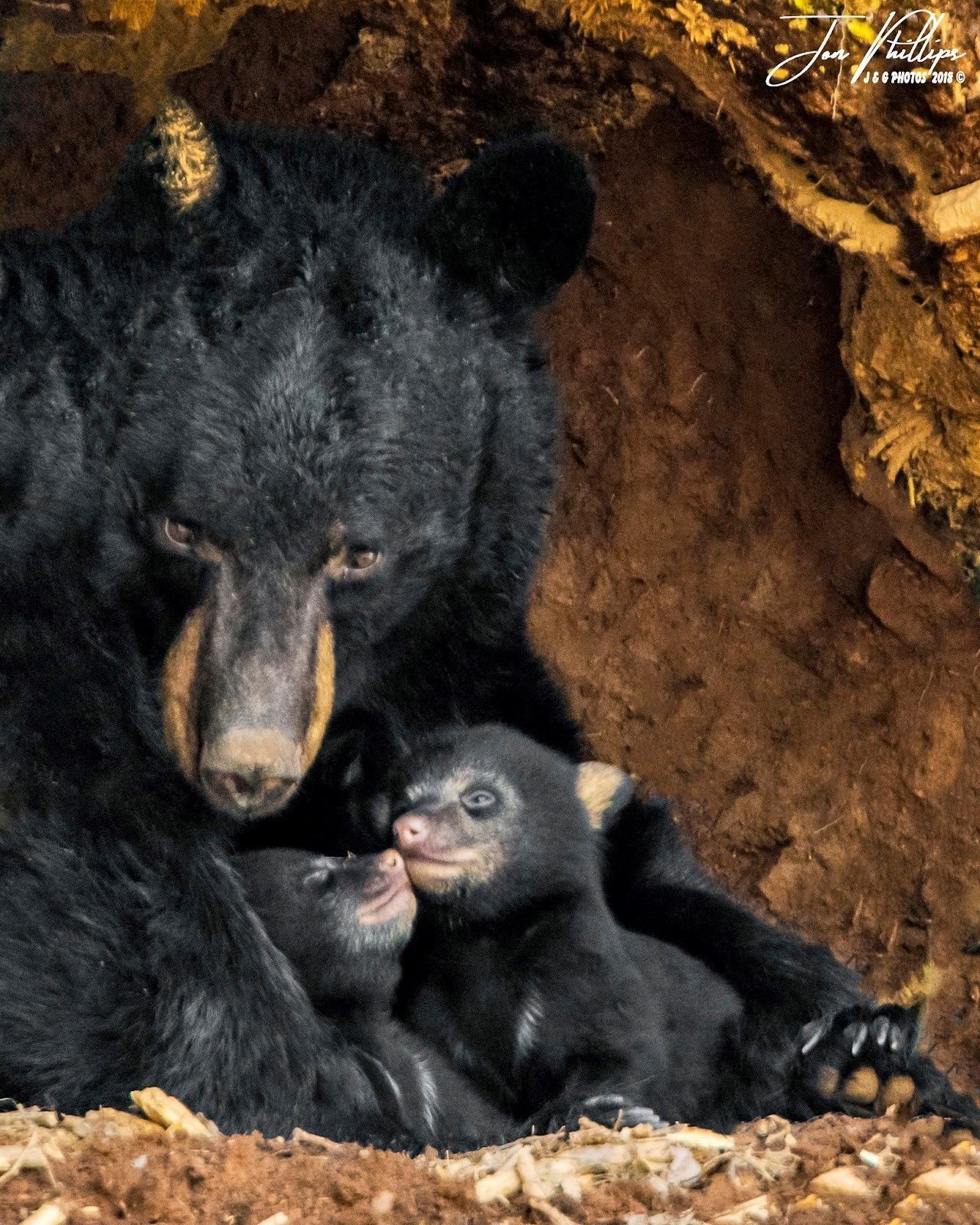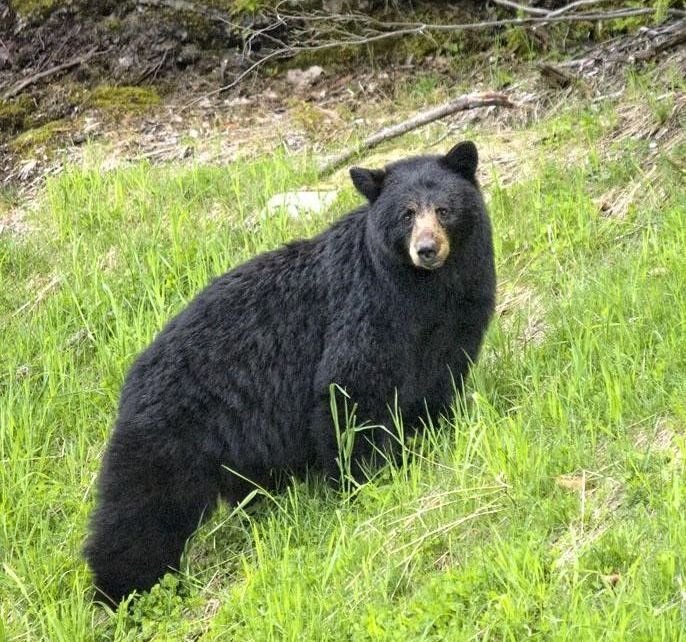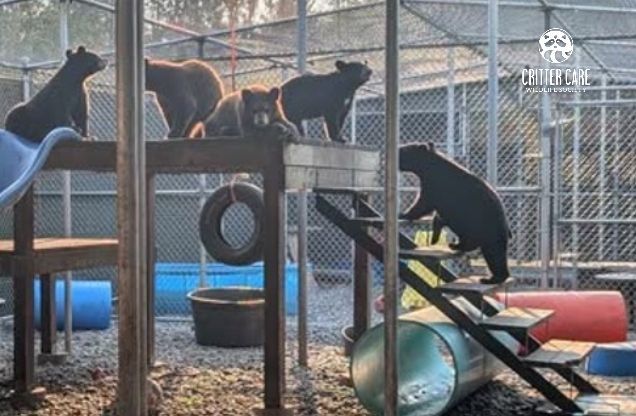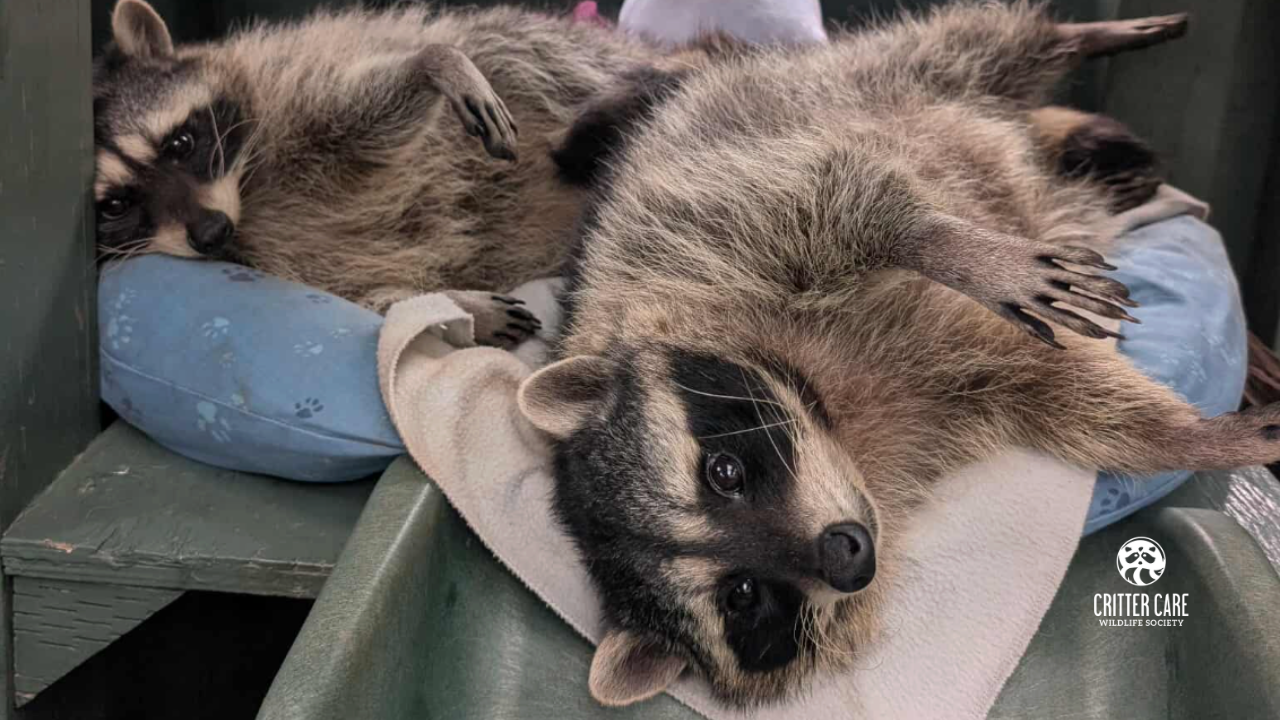The majority of black and brown (grizzly) bears hibernate for 4 to 6 months each year, entering their cozy dens around November or December and emerging in March or April. Unlike their polar bear cousins to the north, who typically don't hibernate during winter, except for expectant mothers who hibernate in preparation for birthing their cubs. Other bears around the world, like the giant panda, spectacled bear, sloth bear, Asiatic bear, and sun bear, also forgo hibernation since their food remains accessible year-round.
Paws & Reflect: Bear Wisdom

By Sylvia Dolson, Bearologist
To hibernate or not to hibernate, that is the question. But before we dive into that, let's explore why a bear's biology is wired for hibernation.
Why do bears hibernate, you might wonder? Hibernation serves as a strategy for conserving energy when nature's whims turn against them, with harsh weather and scarce food resources. This scarcity can be due to snow covering their usual food sources or the challenge of reaching it buried beneath deep snow. In the winter, small mammals prove mostly elusive for bears, and the vegetation they depend on barely grows. However, it's worth noting that bears living in warmer climates, such as Florida or Mexico, often skip the hibernation ritual. Some, like those in the lower mainland of BC, have discovered unconventional food sources like garbage and birdseed, enabling them to stay active year-round, earning them the title of
"winter active bears."
Surviving the Lean Months
As autumn descends upon us, the bear world readies itself for a prolonged winter's nap. During the fall season, bears engage in a relentless feeding frenzy, sometimes for up to 20 hours a day, to build up their precious fat reserves.
To endure these lean months without sustenance, bears must execute a remarkable feat of biological adaptation. They enter a state of dormancy where their heart rate plummets from its usual 40-70 beats per minute to a mere 8-12 beats. Their metabolism slows by half, and their body temperature drops by a significant 3-7 degrees Celsius. Astonishingly, they neither eat nor drink during this period, and even more surprisingly, they don't urinate or defecate. In humans, such a buildup of urea would prove fatal. Bears, however, possess the extraordinary ability to recycle this waste, turning it into new proteins. Hibernation, it seems, transforms a bear's body into an efficient, self-sustaining, recycling machine.
The Hibernation Myth
During hibernation, bears may have dug deep underground or crawled inside the crack of an old growth tree. But here's the twist: we used to believe that bears, while hibernating, were in an unwakeable, coma-like state, essentially in a deep, dreamless sleep. Yet, the reality is that bears are far from idle in their snug dens, albeit in a state of slowed physiology. They make minor adjustments to their bedding, roll over, tend to their cubs, give themselves an occasional scratch, and even peek their heads outside to check out the world beyond their cozy confines. They might not be practicing yoga or scrolling the internet, but their version of dormancy includes its own unique activity and vivid dreams of delectable ants, plants, and alpine vistas.
Doing YOUR Part
To help bears survive the winter months, ensure that they are not inadvertently lured into trouble by non-natural food sources on your property. Discover further insights on supporting bear conservation at BearSmart.com.
Critter Care Wildlife Society News
Sign up to get inspiring stories of rescue,
rehabilitation and release from Critter Care
Be the first to receive our newsletter, new blog posts, and updates
about our most critical needs and community news.




